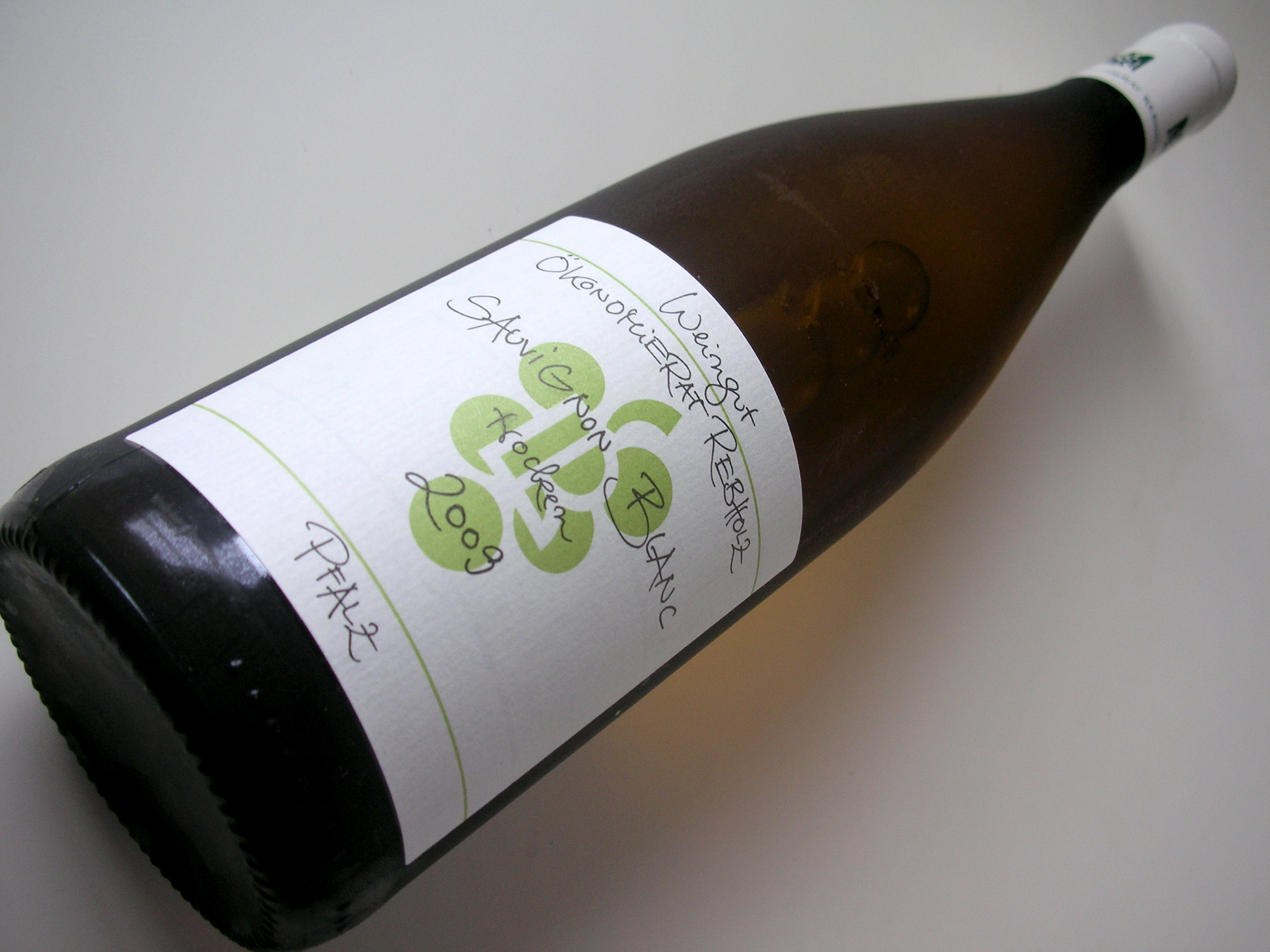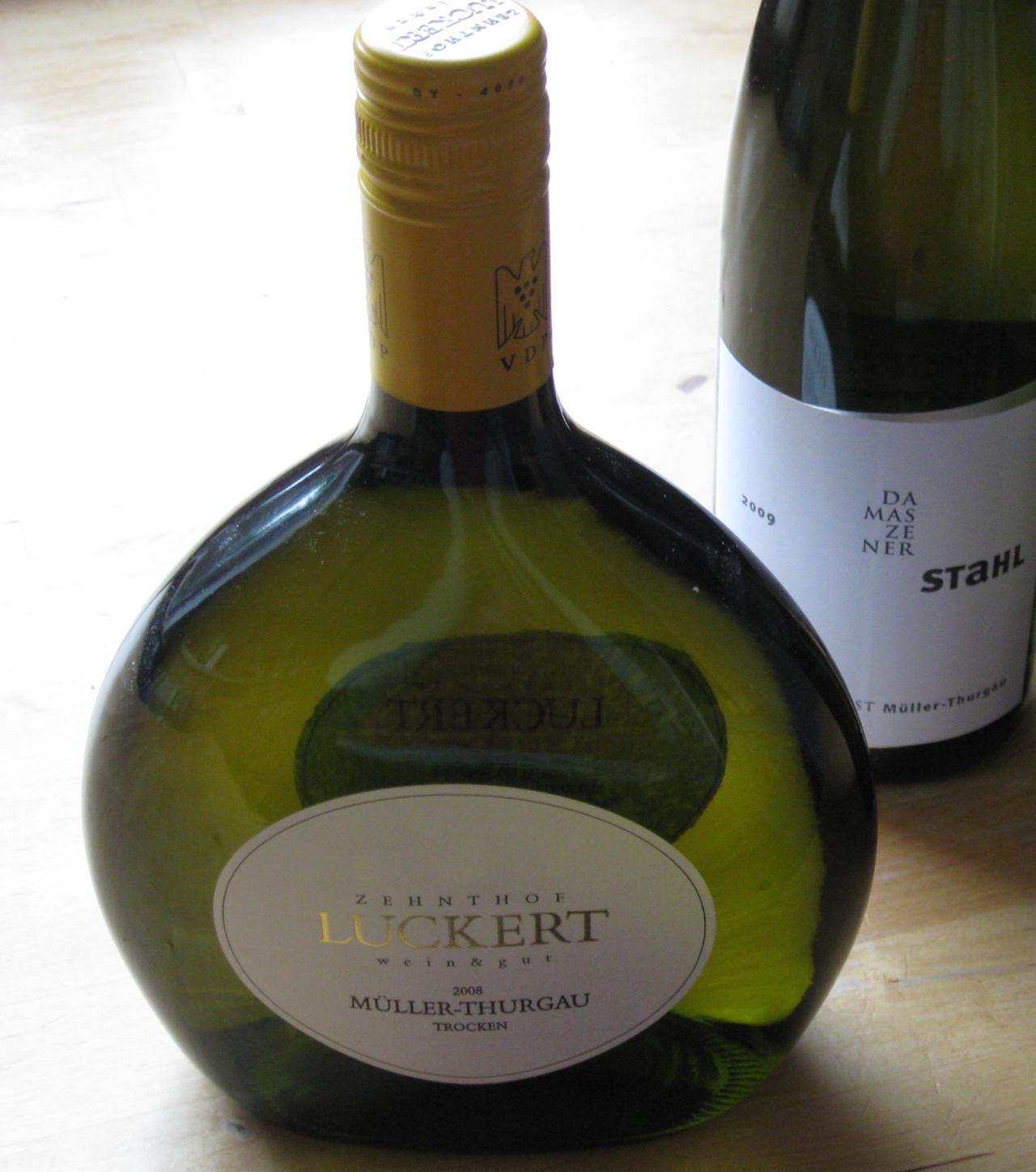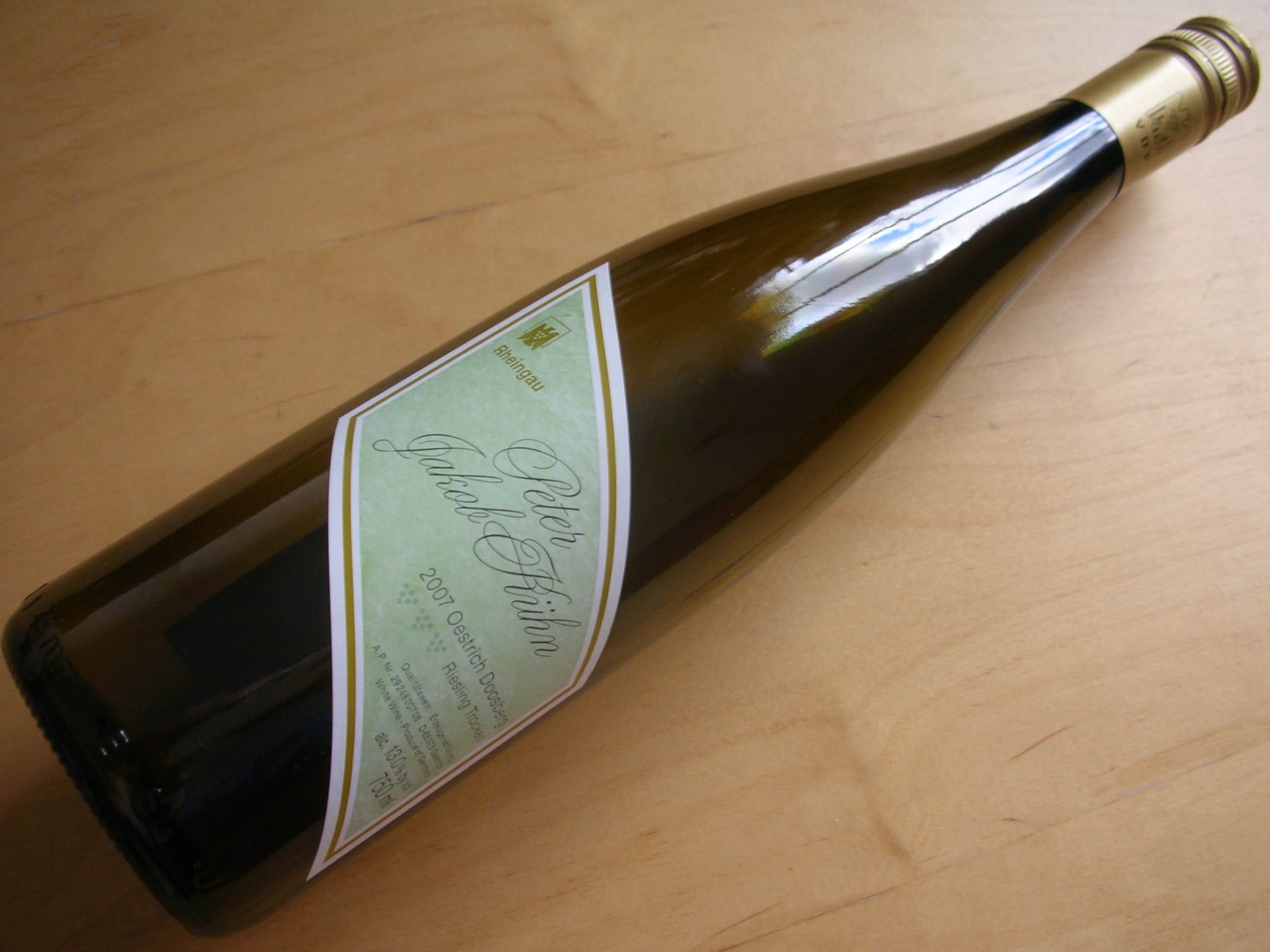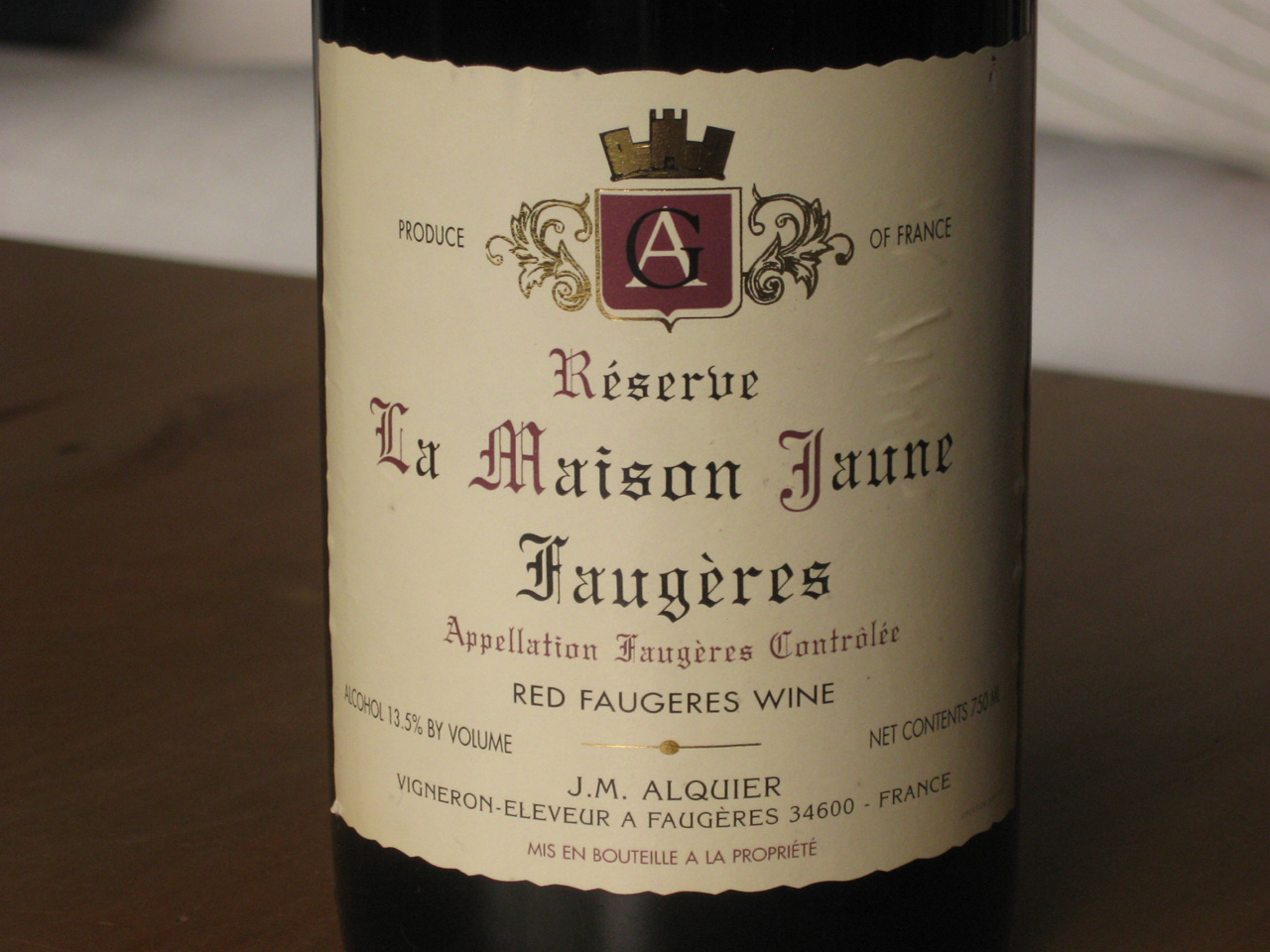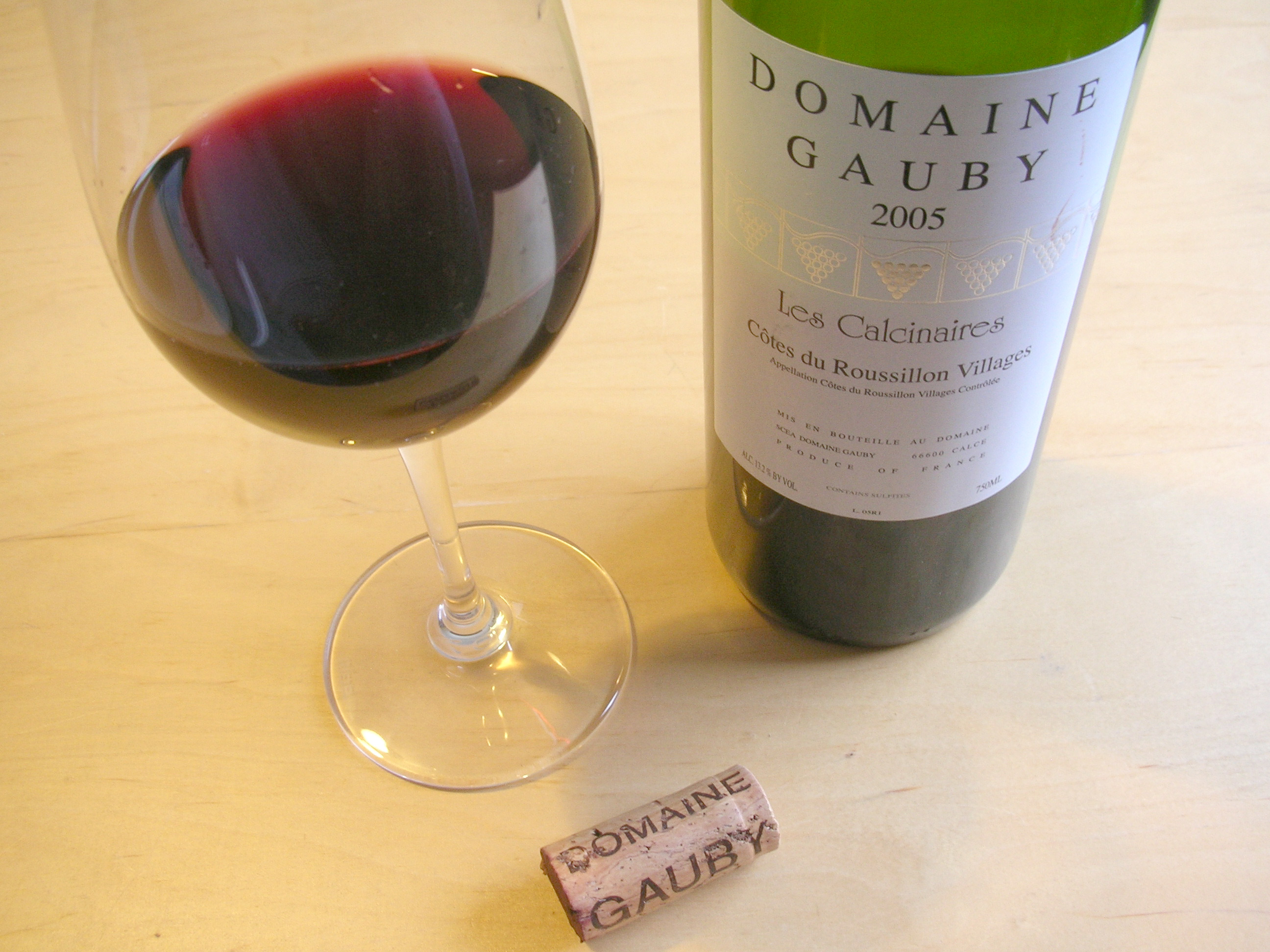Ökonomierat Rebholz, Sauvignon Blanc, trocken, 2009
'A bit quirky', that was the comment I got from Twitter when I recently mentioned German Sauvignon Blanc. Chances are, you will not have had one (unless you are German, perhaps); you may not even have heard that there is such an animal. Well, there is, albeit not very much, which makes those wines a little hard to find outside of Germany. That should not stop you though as they can be worth the trouble - if they are as good as this baby coming from the very German sounding winery Ökonomierat Rebholz.
